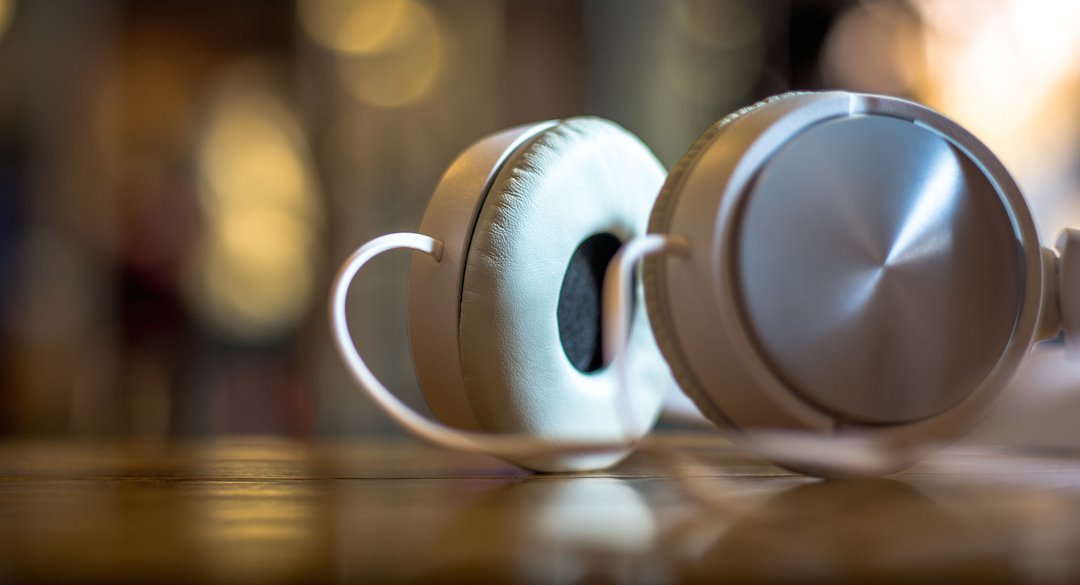
Huh?
What was that?
Say that again?
If you find yourself saying these phrases on a regular basis, you might be among the 22 million American adults between the ages of 20 and 69 who have permanently damaged their hearing from exposure to loud sounds. According to the CDC, as many as 16 percent of teenagers between 12 and 19 have reported some hearing loss possibly caused by loud noise.
Surprised? Although we commonly think of bad hearing as something our grandparents have to deal with, old age is not the leading cause of hearing loss — it’s noise. Exposure to loud sounds can cause what’s known as noise-induced hearing loss, or NIHL. It’s one of the most reported work-related illnesses or injuries, and about 22 million people are exposed to potentially dangerous noise levels at work each year.
How does hearing work?
Our ears are particularly sensitive instruments that contain an impressive amount of moving parts. When sound waves enter the ear, they cause the eardrum to vibrate, and those vibrations are transmitted to the cochlea, the spiral-shaped cavity in the inner ear. Fluid then carries the vibrations to rows of hair cells that stimulate auditory nerve fibers, which are each attuned to a different frequency. Finally, the auditory nerve carries these impulses to the brain, and that’s where sound is interpreted as music, words, police sirens, or whatever else initiated the waves.
Sound levels are measured in decibels (dBs), and it doesn’t take much to negatively affect the delicate ear. The level at which noise can cause permanent hearing loss over time begins at about 85 dBs, which is about the level of a hair dryer or blender.
What causes damage?
The volume and length of exposure to sound is what causes damage to the hair cells, causing them to degenerate and become disarranged over time. Unfortunately, we’re born with a fixed number of these cells, and they can’t be replaced once they’re dead.
When damage starts to set in, sensitivity to high-frequency sound is usually the first to go, followed by the inability to hear frequencies of speech. The effects of noise exposure are cumulative, so constantly listening to loud music or working in an ultra-loud environment can add up to major problems over time.
How do headphones or earbuds affect hearing?
If you’re like many plugged-in commuters, you probably spend a big portion of your day connected to some kind of device through a set of headphones or earbuds. But even though these devices are commonplace, they’re not entirely without risks.
A national study by the American Speech-Language Hearing Association found that among users of portable music devices, 35 percent of adults and up to 59 percent of teenagers reported listening at high volumes. The maximum output of some portable players exceed safe sound levels, and listening to music through earbuds or headphones at levels that block out surrounding sound such as coworkers, traffic, or loud commuters can damage the delicate hair cells. So even if you think your volume is within the safe zone, you may want to turn it down a notch.
How do I protect my hearing?
The good news is there are plenty of ways you can keep your ears safe and your hearing intact for years to come. Start incorporating the tips below into your daily life, and your ears will thank you.
- Use earplugs for everyday activities that involve a lot of noise, like mowing the lawn.
- Cover your ears when an emergency vehicle drives by.
- Read the instructions on music players and headphones — pay attention to the warning labels concerning volume levels.
- Set the volume of your device or headphones when you’re in a quiet environment and don’t go above that.
- Opt for earbuds that fit loosely and don’t insert them too tightly into the ear canal.
- Noise-canceling over-the-ear headphones can let you listen to music at a lower volume while still blocking out sound.
- Buy appliances with low noise ratings.
- Don’t smoke — exposure to tobacco smoke has been linked to increased risk of hearing loss.
- Sit at least 10 feet away from speakers at a concert.
- Limit the amount of time you listen to music through headphones.
The One Medical blog is published by One Medical, a national, modern primary care practice pairing 24/7 virtual care services with inviting and convenient in-person care at over 100 locations across the U.S. One Medical is on a mission to transform health care for all through a human-centered, technology-powered approach to caring for people at every stage of life.
Any general advice posted on our blog, website, or app is for informational purposes only and is not intended to replace or substitute for any medical or other advice. 1Life Healthcare, Inc. and the One Medical entities make no representations or warranties and expressly disclaim any and all liability concerning any treatment, action by, or effect on any person following the general information offered or provided within or through the blog, website, or app. If you have specific concerns or a situation arises in which you require medical advice, you should consult with an appropriately trained and qualified medical services provider.
